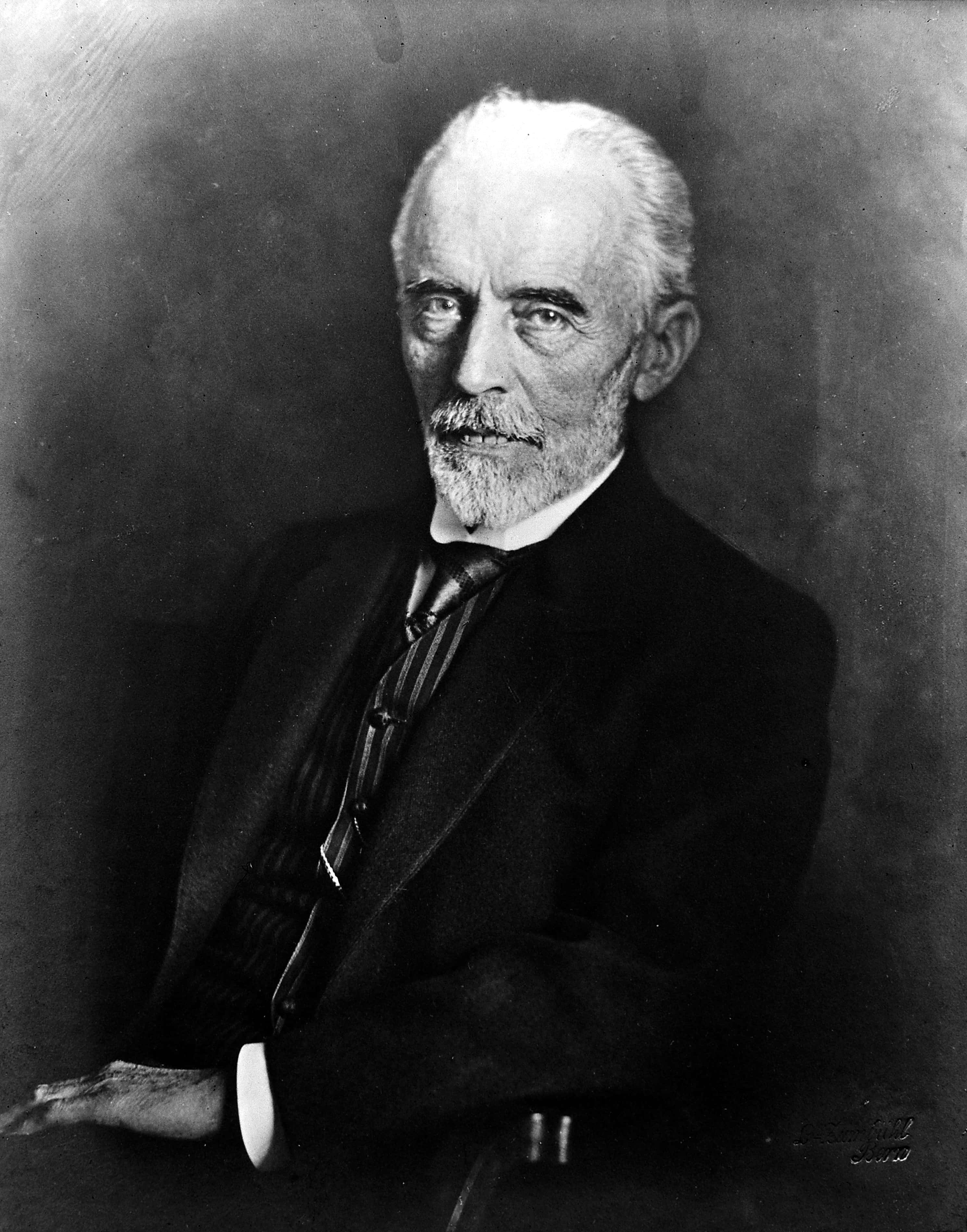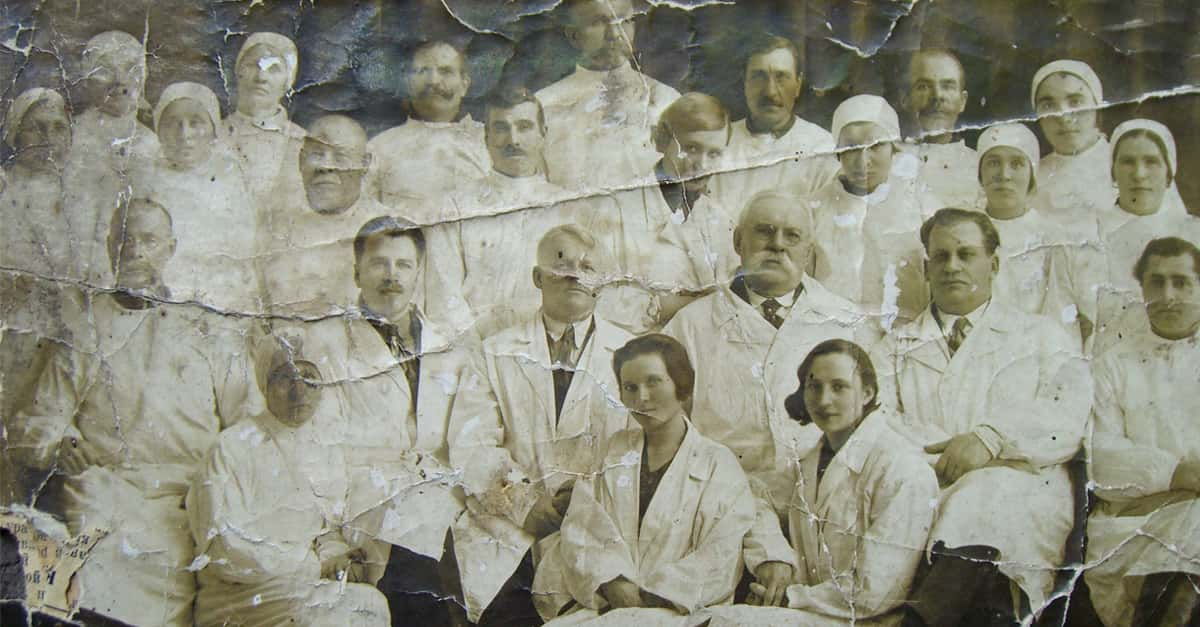For those of us not involved in the medical community, it’s something that we might take for granted, but it’s one of the most difficult and complex areas in modern medicine: the practice of organ transplants. Like many (relatively) recent medical advancements, its development was fraught with ethical battles, heartbreaking failures, and rare-but-important triumphs.
 Shutterstock
Shutterstock
Gruesome Beginnings
When it comes to organ transplants, the idea behind them was around for centuries if not longer before the first successful execution. In the history of medicine, numerous accounts of transplants were published long before it would’ve been scientifically possible for them to be successful. For example, a 4th century BC Chinese physician reported that he had exchanged the hearts of two (live) patients in order to offset the imbalances in their personalities.
There were also accounts of a Roman Deacon having the leg of a dead man transplanted onto his body after his was riddled with gangrene or cancer. Although untrue, accounts like this prove that the idea of the transplant was something that doctors and scientists were contemplating for years before they finally figured out a viable way to achieve them.
Each major difficulty that popped up in the process—from rejection to infection to nephropathy (damage to the kidneys)—was yet another piece of the puzzle. In the 16th century, an Italian surgeon attempting skin grafts had varying levels of success: while an autograft (skin taken from another area on the patient’s own body) that he attempted had a favorable outcome, an allograft (where the skin is taken from another human, either living or dead) didn’t have such encouraging results.
Although he didn’t understand it at the time, it was a case of rejection—when a transplant recipient’s immune system attacks the transplanted cells.
 Shutterstock
Shutterstock
Know Thy(roid) Self
It was only in the 20th century that the science behind organ transplants advanced—and at first, at a very sluggish pace. Although not a full organ transplant, the first successful transplant of organ tissue to aid or replace organ function was performed in 1883 by Swiss doctor Theodor Kocher. The doctor had slowly made progress in the practice of removing the thyroid gland when it caused goiter, but had found that totally removing the thyroid, and therefore depriving the body of the thyroid hormone, had adverse effects.
Transplanting a small amount of healthy thyroid tissue then maintained a base level of the hormone but also prevented goiters from recurring. Not only did this discovery help scientists understand the function of the thyroid gland, but the procedure also became the template for the transplant of other types of organ tissue, including the pancreas, ovary, testicle, and kidney.
However, these were still just organ tissue transplants and not full organs. It would take the recognition of how exactly transplant rejection worked before the first successful full organ transplant could be achieved.
The first to identify the mechanism of rejection was French surgeon Alexis Carrel, who, at the time, was experimenting with kidney, heart, and spleen transplants on animals. While recognizing the problem was one thing, solving it was another—and it would take decades before advancements in that area were made.
 Wikimedia Commons Theodor Kocher
Wikimedia Commons Theodor Kocher
We've Done It
In 1954, doctors finally performed the first successful organ transplant at Brigham & Women’s Hospital in Boston, Massachusetts—with one major caveat that meant that the procedure couldn’t really be replicated. This limitation came from the fact that the patients who’d been operated on were identical twins, meaning their genetic material was also identical, circumventing the problems raised by transplant rejection. The transplant was for a kidney, and the twin who received the organ lived for eight years after the surgery.
Before the power of immunosuppressant drugs—and particularly, the discovery of the immunosuppressant cyclosporine—was fully understood with regards to their use in transplant surgery and recovery, the definition of a “successful” transplant was vague, to say the least.
One of the transplants from that era that was counted as an "achievement" was of a lung, though we'll let you decide if it was a success. The lung in question came from a deceased donor and was transplanted into a living recipient in 1963. The recipient died of kidney failure just 18 days after the surgery.
Other surgeries from this time period involved the transplant of kidneys from chimpanzees into human patients—very few of whom lived longer than one or two months, and none of whom made it longer than nine months.
 Shutterstock
Shutterstock
The Heart of the Matter
In the 1960s, there was a large focus on the possibility of a heart transplant, and the media attention after an early attempt at one where the patient survived for 18 days led to a slew of other attempts—over a hundred alone between 1968 and 1969. Most patients didn’t live more than a couple of months.
The eventual discovery of the immunosuppressant drug cyclosporine transformed the definition of success when it came to organ transplants. With its use, transplants began to be more commonly practiced, and by the 1980s, survival rates were much better. In 1981, the surgeon responsible for the first successful heart-lung transplant surgery (where both organs are transplanted at the same time) credited his achievement with cyclosporine and its power at suppressing the body’s instincts to reject the new organ.
Of course, most great advancements are usually accompanied by their own new sets of setbacks. In the case of successful organ transplants, two quandaries remain to this day: the lack of donor organs and the difficult side effects of the immunosuppressant drugs used to prevent rejection in the recipient. The same audacity and sense of innovation that carried the practice of organ transplants from medical experimentation to common procedure will need to be harnessed by scientists and doctors in order to continue advancing the field.












